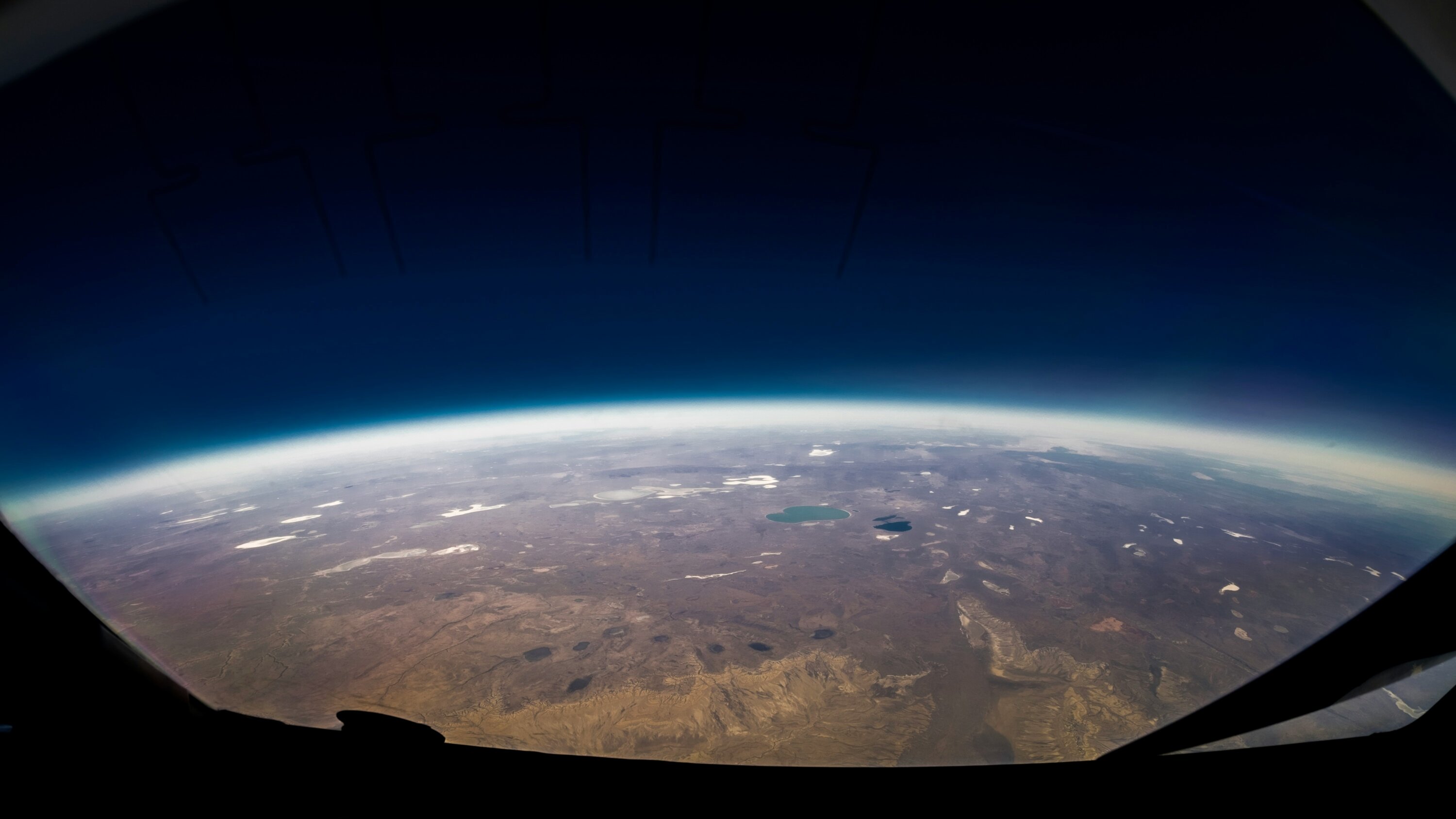
The Scientific Committee on Solar-Terrestrial Physics (SCOSTEP) is pleased to announce that the SCOSTEP Distinguished Young Scientist Award 2024 Ceremony and the 23rd SCOSTEP/PRESTO Online Seminar by Dr. Man Hua will be held online on 23 September 2024.
The Earth’s outer radiation belt is populated by highly energetic electrons (hundreds of keV to multi-MeV), also known as “killer” electrons due to their deleterious effects on satellites. These electrons can be quickly accelerated with fluxes varying up to several orders of magnitude, primarily due to local acceleration by whistler-mode chorus waves and/or inward radial diffusion. Historically, these electron dynamics have been associated with geomagnetic storms. However, it remains unclear what is the critical geomagnetic condition that governs the electron acceleration during both storm and non/weak storm time. Additionally, the question of how intense radiation belt electron fluxes can get and why there is an upper limit? a question first raised in 1966 which remains a mystery. This seminar will present recent findings aimed at addressing this question, and seek to understand the underlying physical mechanisms and the critical geomagnetic conditions that control the upper limit of outer belt electron fluxes, by using both numerical simulations and statistical analysis of satellite observations. The results reveal, for the first time, the natural upper limit of electron acceleration by chorus waves, which explains the observed energy-dependent maximum fluxes that were close to the highest upper limit during the Van Allen Probes Era. Furthermore, the statistical analysis identifies a strong correlation between the time-integrated substorm index (Int(AL)) and upper limit of electron fluxes, demonstrating the significant impact of the cumulative substorms on electron dynamics. While intense storms can provide favourable conditions for efficient acceleration, they are not necessarily required to produce large maximum fluxes.
Photo by Richard Gatley on Unsplash